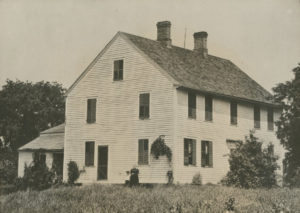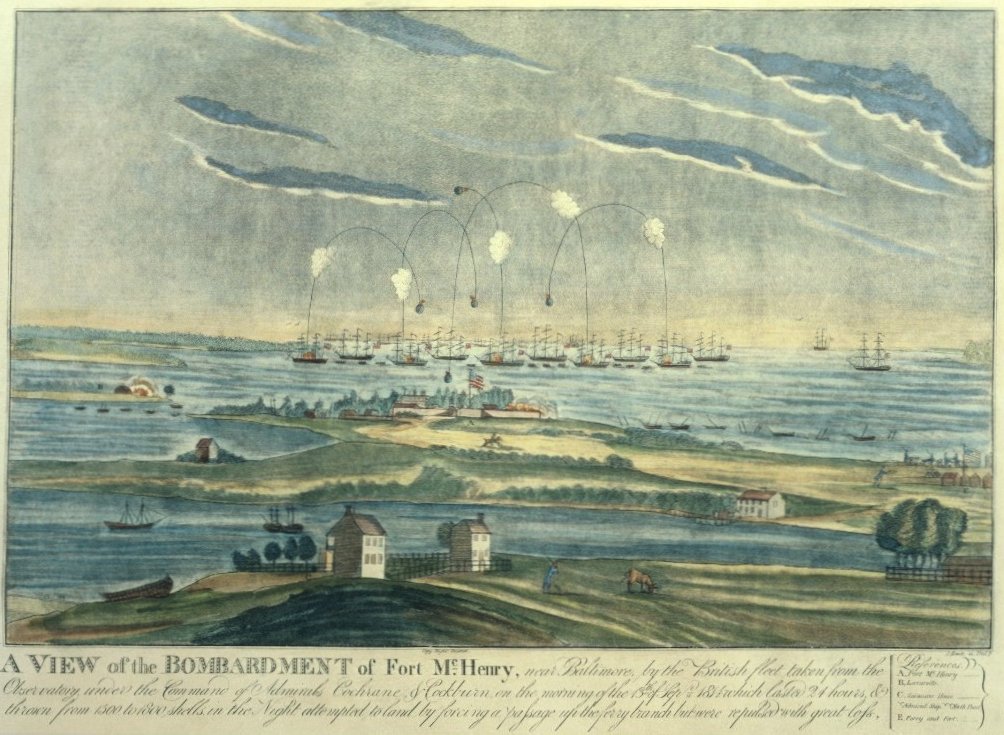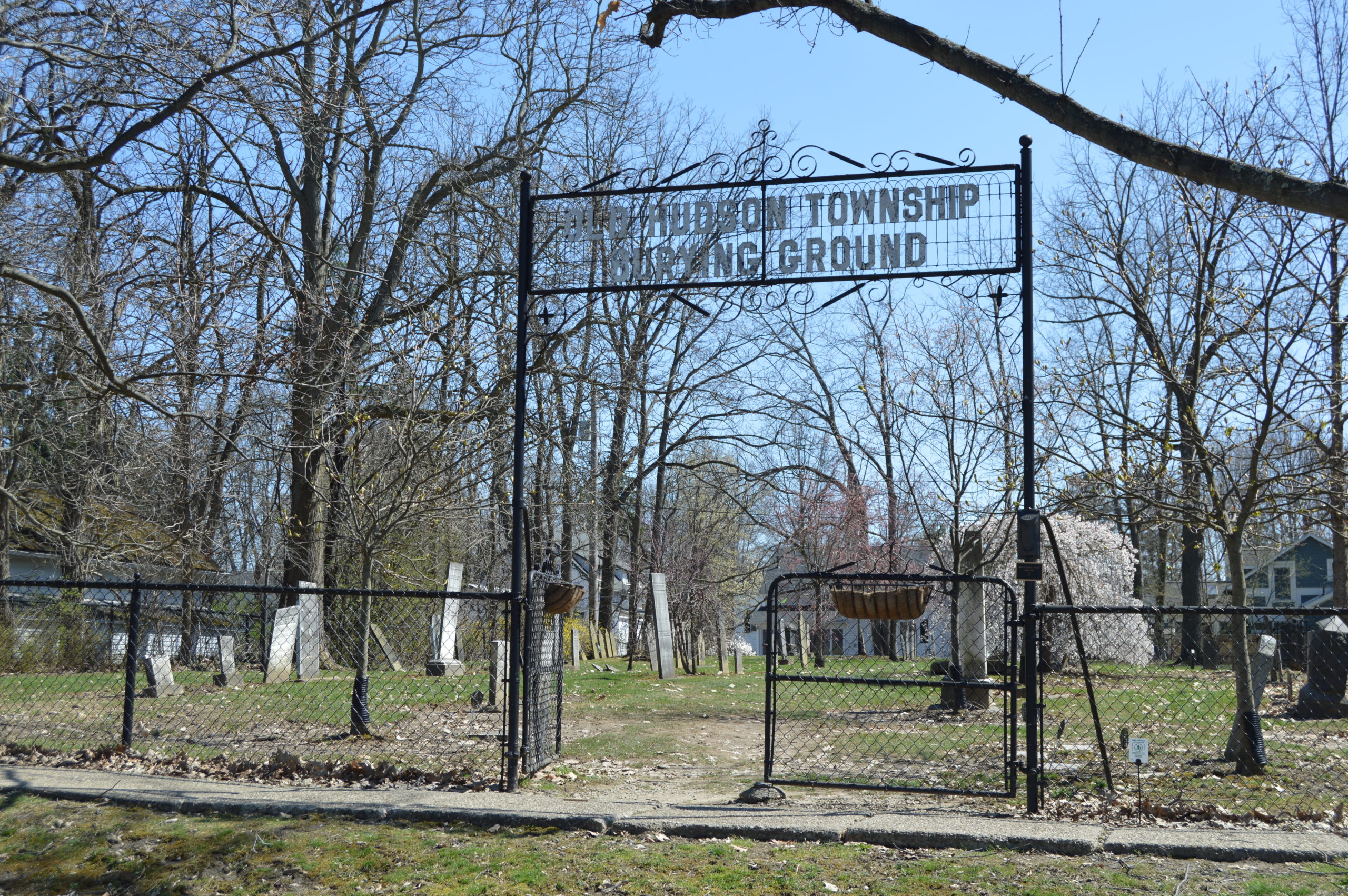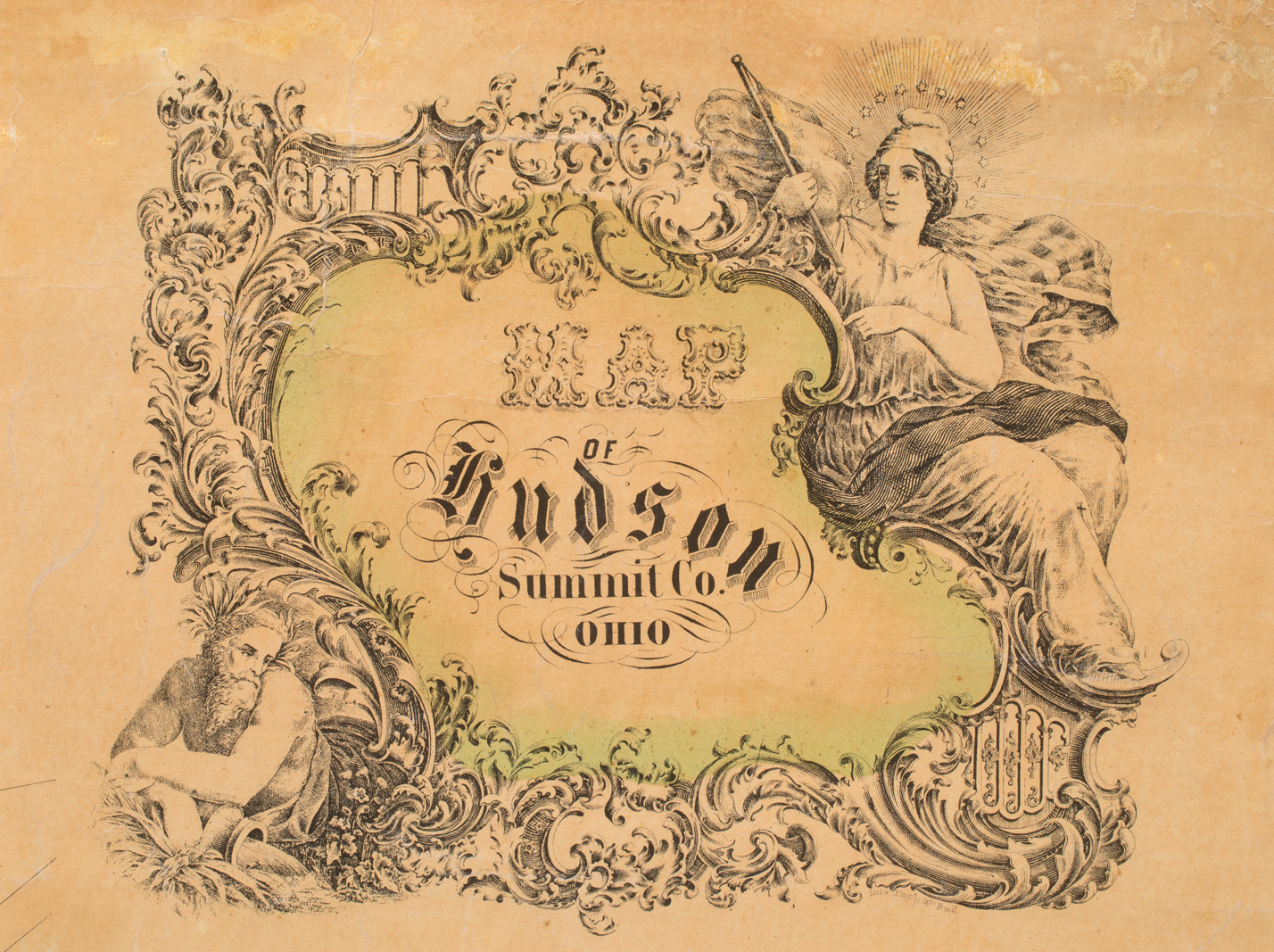David Hudson was born in Branford, Connecticut on February 17, 1761, the son of David and Rebecca Fowler Hudson. When David was a young boy, his family moved to the town of Goshen in northwestern Connecticut.
In 1793 David Hudson married Anna Norton, also from Goshen. Seven children were born to the Hudsons while they lived in Connecticut: Samuel (born April 4, 1785), Ira (born September 19, 1787), William Norton (born November 8, 1789), Milo Lee (born October 15, 1971), David Norton (born February 27, 1794), Timothy (born May 20, 1796), and Abigail Laura (born June 30, 1798). David Norton Hudson died in August of 1796. The rest of the children traveled with their family to the Western Reserve.
When the Connecticut Land Company opened northeastern Ohio to settlement in an area we now call the Western Reserve, Hudson formed a partnership with five others. These investors included Anna Norton Hudson’s cousins Nathaniel and Birdsey Norton. Later investors included David Hudson’s brother-in-law Theodore Parmelee (who was married to David’s sister, Keziah), Stephen Baldwin, and Benjamin Oviatt. The group of co-proprietors purchased rights to a five-mile square section in the wilderness called “Range Ten, Town Four,” which today is called “Hudson.”
David Hudson was the only one of the original five investors to ever set foot on their new land. Leaving Goshen in the spring of 1799, Hudson set out for Range 10, Town 4 accompanied by his eleven-year-old son Ira, along with two Goshen men William McKinley and Jesse Lindley. The group traveled overland in a northeasterly direction. In New York State they were joined by other settlers, notably Joseph Darrow, Jonah Meacham, and Richard Blinn. The Hudson party later merged with that of Benjamin Tappan, the founder of what would become Ravenna, Ohio.
Part of the crew went overland, while Hudson brought most the party up to Lake Ontario. The group sailed west until reaching Niagara Falls. After portaging around the falls, they entered Lake Erie, continuing westward. The journey took them to the mouths of the Conneaut and Grand Rivers. On June 10, the party reached the mouth of the Cuyahoga River.
The group then took a ten day journey south along the Cuyahoga, then followed the Brandywine Creek into Hudson. On June 17, 1799, they reached the southwestern corner of what is now Hudson Township. For the next four months, the group surveyed the new land, built a log cabin, dug a well, prepared stores, and cut roads.
On October 12, Hudson headed home to Goshen to bring his family and the next wave of settlers to the new land. The second Hudson party of 29 settlers left Goshen in January, and by May 28, 1800, reached Range 10, Town 4 to find that all was well. Hudson offered a public thanks for a safe arrival and set about establishing his land. Hudson’s family settled in a cabin near where Main and Baldwin Streets intersect today. It was in this cabin that Anna Norton Hudson gave birth to a daughter, Anner Maria Hudson, the first settler child to be born in what is now Hudson.
In 1802, Range 10, Town 4 was officially named “Hudson” in David’s honor, and the first elections were held that year. The final Hudson child was born on September 7, 1805, and was named David Hudson Junior. In 1806, the Hudsons left the cabin and moved into a spacious house he had built to the north. That house, which stands today at 318 North Main Street, is not only the oldest frame structure on its original foundations in Summit County, but was continuously occupied by members of the Hudson family until 1967.

Anna Norton Hudson died on August 31, 1816 and is buried in the family plot in the Old Hudson Township Burying Ground on Chapel Street. On January 1, 1817, David Hudson remarried, this time to Mary (Polly) Robinson. David and Polly had no children together, although she helped to raise David Junior, who was eleven when the marriage took place.
David Hudson achieved many “firsts”. He was a founder and one of the first deacons of the First Congregational Church of Hudson, which was founded in 1802. He was also the first postmaster. He was also instrumental in the founding of Western Reserve College (now Case-Western Reserve University), and served on its first Board of Trustees.
Hudson was an early anti-slavery advocate. Records indicate that he used his home as a station on the Underground Railroad as early as 1826. Like many of his generation, he was a strong supporter of the colonization movement, and became heavily embroiled in the abolition/colonization controversy and debates at the College in 1832/1833.
David Hudson died on March 17, 1836 and is buried in the Old Hudson Township Burial Ground.
Learn More
MANUSCRIPT COLLECTIONS
Hudson, Baldwin, Gregory, and Lee family papers, available at the Hudson Library & Historical Society
Papers of David Hudson (1761-1836), founder of Hudson, Ohio, and some of the descending families of Hudson including the Baldwin, Gregory, and Lee families. Papers consist mainly of correspondence, business and legal documents as well as some photographs, memorabilia, and diaries.



